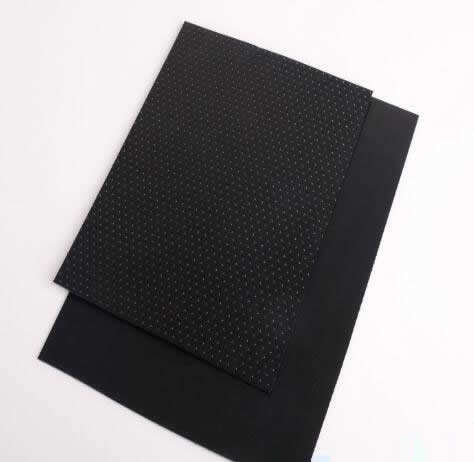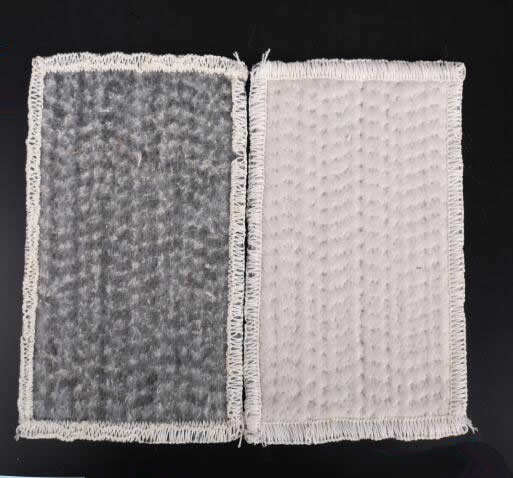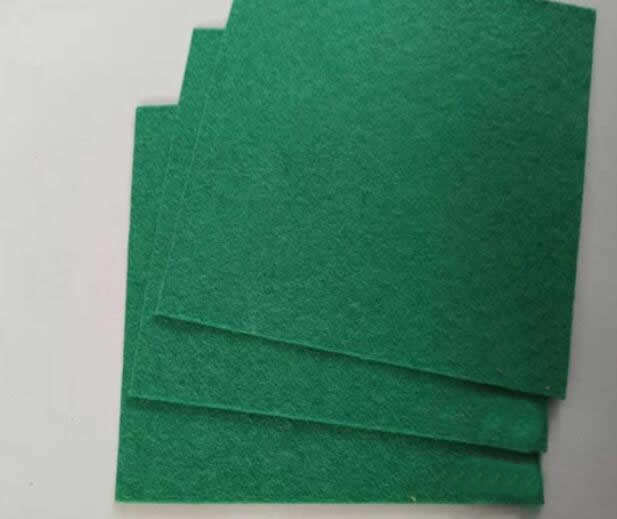- Understanding the Role of Geomembrane Liners in Waste Management
- Innovations in Geomembrane Liners for Water Management
- Geomembrane Liners: A Comprehensive Guide
- The Future of Geomembrane Liners in Civil Engineering
- Geomembrane Liners: Enhancing Landfill Stability
Manager:
WhatsApp:+86 177 0135 2670
Tel:+86 177 0135 2670
Email:marketing@okorder.com
Address:3rd Floor, No.2 Building, No.1 Sanlihe Road
Single Rough Surface Geomembrane
Product Categorie:Geomembranes
Product number:N171
Product Color:Optional
Product Sources:Suppliers & Manufacturers
HDPE single rough surface geomembrane is a waterproof barrier material produced from (medium) high density polyethylene resin as raw material. It has excellent environmental stress cracking resistance, low temperature resistance, aging resistance and corrosion resistance. It is widely used in domestic waste landfill anti-seepage, solid waste landfill anti-seepage, sewage treatment plant anti-seepage, artificial lake anti-seepage, tailings pond treatment and other anti-seepage projects.
Product performance:
1. It is a flexible waterproof material with a high anti-seepage coefficient (1×10-17cm/s);
2. It has good heat resistance and cold resistance, and its operating environment temperature is high temperature 110℃ and low temperature -70℃;
3. It has good chemical stability and can resist the corrosion of strong acid, alkali and oil. It is a good anti-corrosion material;
4. It has high tensile strength, making it capable of meeting the needs of high-standard engineering projects;
5. It has strong weather resistance and anti-aging properties, and can be used exposed for a long time while maintaining its original performance;
6. It has strong tensile strength and elongation at break, allowing the geomembrane to be used in various harsh geological and climatic conditions. Strong adaptability to uneven geological settlement;
Scope of application:
1. Environmental protection and sanitation: such as landfills, sewage treatment plants, power plant regulating pools, industrial and hospital solid waste, etc.;
2. Water conservancy projects: such as anti-seepage, plugging and reinforcement of rivers, lakes and reservoirs, anti-seepage of water channels, vertical core walls, slope protection, etc.;
3. Municipal engineering: subway, building underground engineering, planting roof, roof garden, sewage pipe anti-seepage;
4. Gardens: artificial lakes, rivers, reservoirs, golf course pond bottoms, slope protection, green lawns, etc.;
5. Petrochemical: anti-seepage of chemical plants, refineries, oil storage tanks, chemical reaction tanks, sedimentation tank linings, secondary linings, etc.;
6. Mining: lining anti-seepage of washing tanks, heap leach tanks, ash dumps, dissolution tanks, sedimentation tanks, stockpiles, tailings, etc.;
7. Transportation facilities: foundation reinforcement of highways and anti-seepage of culverts;
8. Agriculture: seepage prevention of reservoirs, drinking water pools, water storage ponds, and irrigation systems;
9. Aquaculture industry: intensive and factory-based breeding ponds, fish ponds, shrimp pond linings, sea cucumber circle slope protection, etc.;
10. Salt industry: salt field crystallization pond, brine pond thatch cover, salt film, salt pond plastic thatch film;
- Previous:no more
- Next:Composite Geomembrane







